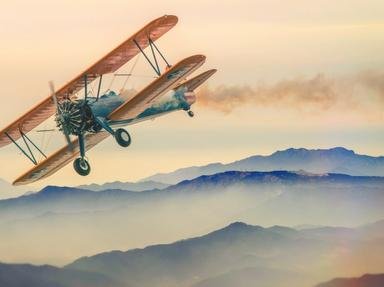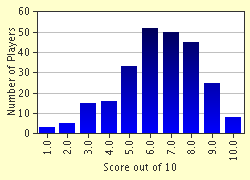Quiz Answer Key and Fun Facts
1. On February 24 1989 an explosive decompression ripped off the cargo door of United B747 Flight 811 bound from Honolulu to Sydney. Nine passengers seated above the door were sucked out of the aircraft to their deaths. What caused the door to blow off?
2. On March 3 1991 a United B737-200 series over Colorado Springs, Colorado, was brought down by extremely adverse weather conditions, resulting in the deaths of all on board. What was the weather condition?
3. In March 1994 an Aeroflot A310 slammed into the ground at high speed after a series of almost undetectable rolls, yaws and pitching, followed soon after by stalls, dives, recoveries, rolls and a final spin dive. What initially caused these upsets?
4. On June 26 1988 a new Airbus A320, operated by Air France, scraped treetops during a low-altitude flyover for passengers' enjoyment, ripping off the starboard wing and crashing in a ball of fire. What was this accident a result of?
5. Airline crashes in the '80s, '90s and today are often solved by information provided by this very important item from the aircraft.
6. Discussed in an earlier question, the introduction of a new aircraft in the 1980s, caused some crew confusion and was involved in three accidents in a short space of time - all related to inexperience with the new technology. What was the aircraft type?
7. What airlines were not involved in any crashes, fatality-free or otherwise in the period 1988-98?
8. What was the cause of Air Ontario's F28-1000 Fokker Fellowship crash during takeoff on March 10 1989, at Dryden Airport, Ontario, Canada, with most on board surviving?
9. What has prevented stalls and almost definitely crashes, of commercial jetliners in the 1980s and '90s?
10. The crash of a Thai International Airways A310 in July 1992 over Nepal, was an accident that should never have happened. It was caused by...
Source: Author
miles_h2002
This quiz was reviewed by FunTrivia editor
Jim_in_Oz before going online.
Any errors found in FunTrivia content are routinely corrected through our feedback system.


